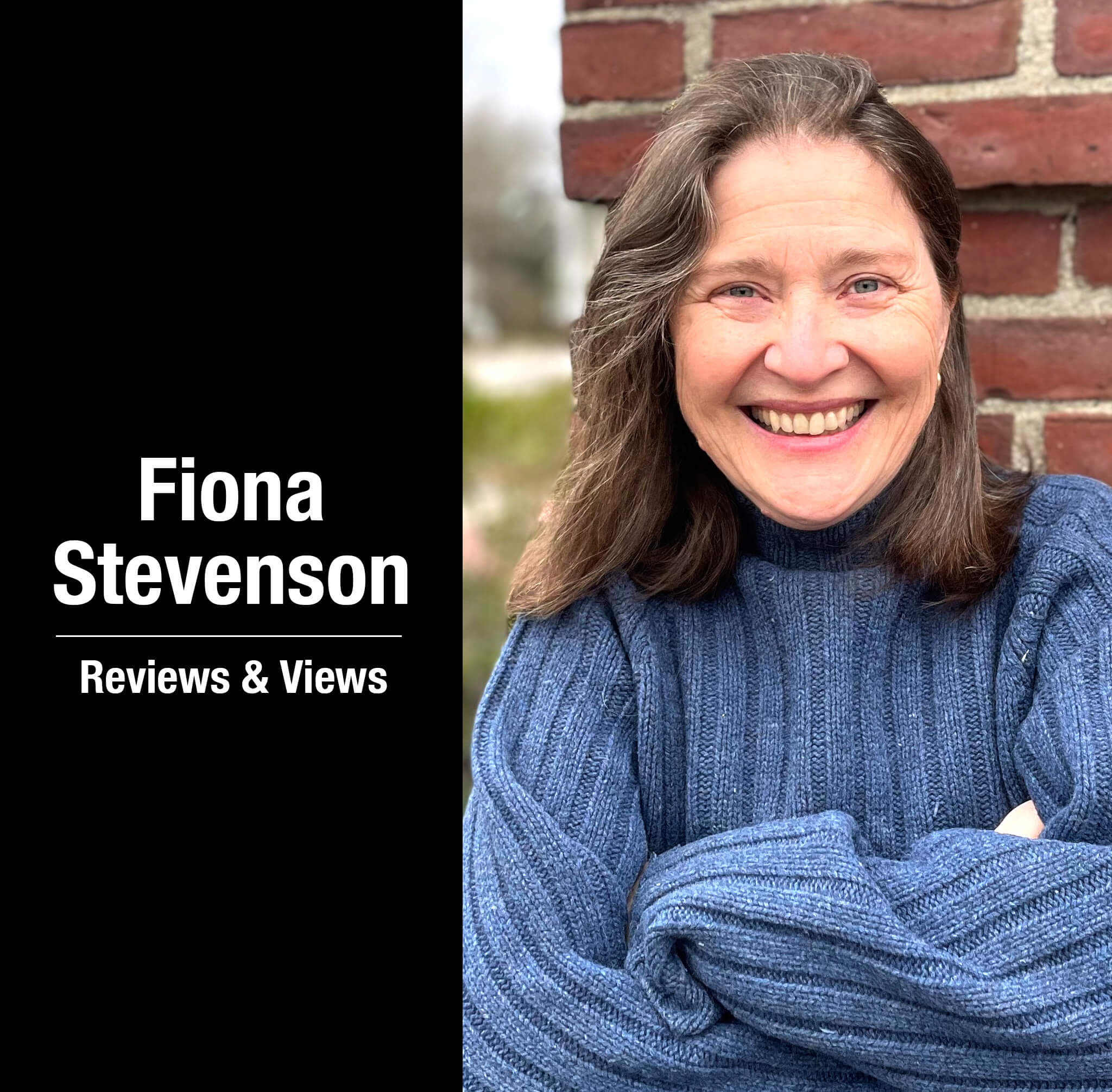By Fiona Stevenson — Columnist
September brings a poignant mix of new beginnings and letting go of summer. No matter how the sun shines, the leaves are turning colors, winter is coming, and a new school year has begun. Perhaps we are trained to think of this time of year as an opportunity to learn something new, and it’s never too late to do so, especially with so many great reads available.

“There’s Always This Year: On Basketball and Ascension” by Hanif Abdurraquib (Random House). This would be a good read for me because I generally don’t read books about sports, and I really should follow basketball more closely, living with a Celtics fan.
I know from reading The New Yorker that Abdurraquib is a wonderful writer who weaves his personal biography alongside basketball greats and those talented players who didn’t become a LeBron James or John Stockton. How do certain sports come to represent community, culture, and country? This is a National Book Award nominee.
“The World She Edited: Katharine S. White at The New Yorker” by Amy Reading (Mariner). I suspect most of us have put more hours into reading The New Yorker magazine than we realize, even if we are always behind on issues. White was a nice Massachusetts girl with literary ambitions who was hired by The New Yorker in 1925 as an editor, early in the humor magazine’s struggle to survive.
White stayed for 36 years, helping to make the publication the bastion of middle-class literary good taste but also controlling which authors were published in the fiction and poetry submissions. White brought female writers into this temple, including Mary McCarthy, Jean Stafford, Janet Flanner, and Shirley Jackson, as well as finding friends among male peers and a husband in E.B. White, raising a son (Roger Angell) to become one of its legendary writers, and encountering the occasional professional antagonist such as James Thurber. She also developed a keen interest in creating a garden at her Maine house, which opened her own path to becoming an author. Reading The New Yorker has shaped many of us as readers and thinkers in ways we can’t fathom. It’s clear New England has shaped it, too; no wonder we like the magazine so much around here. Remember to donate your read New Yorkers to the Concord Free Library’s magazine giveaway box (one at both branches) so others can still read it.
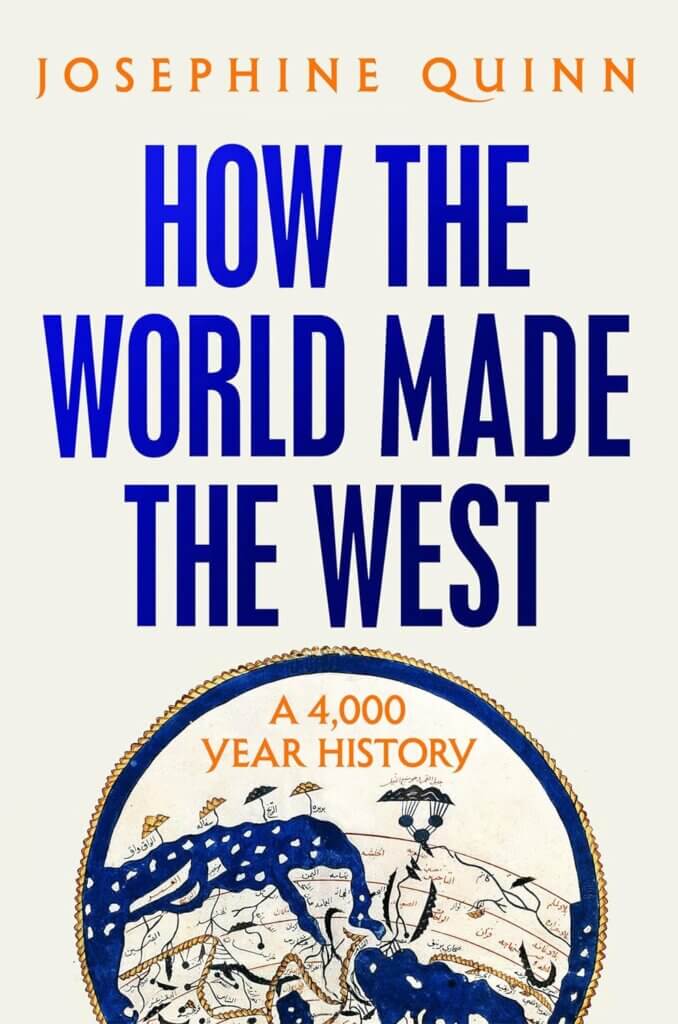
Another book nominated for the National Book Award for Nonfiction this year is “Our Moon: How Earth’s Celestial Companion Transformed the Planet, Guided Evolution, and Made Us Who We Are” by Rebecca Boyle (Random House). This came out in January with excellent reviews, and who doesn’t want to learn more about the moon? Its complex role in Earth’s history is only going to become more complicated as private industry races to explore and exploit it.
“How the World Made the West: A 4,000-Year History” by Josephine Quinn (Random House) is a world history showing the interrelatedness of many historical regions. In the Mesopotamian, Egyptian, Phoenician, African, and East Asian areas, hunter-gatherers traveled in pursuit of game, began to trade objects and information, and sometimes decided to stay in place. They might have settled in emerging towns along waterways where a cosmopolitan population shared different beliefs and backgrounds while searching for a newfangled concept, regular food, housing, and entertainment. Quinn makes this domino effect fascinating.
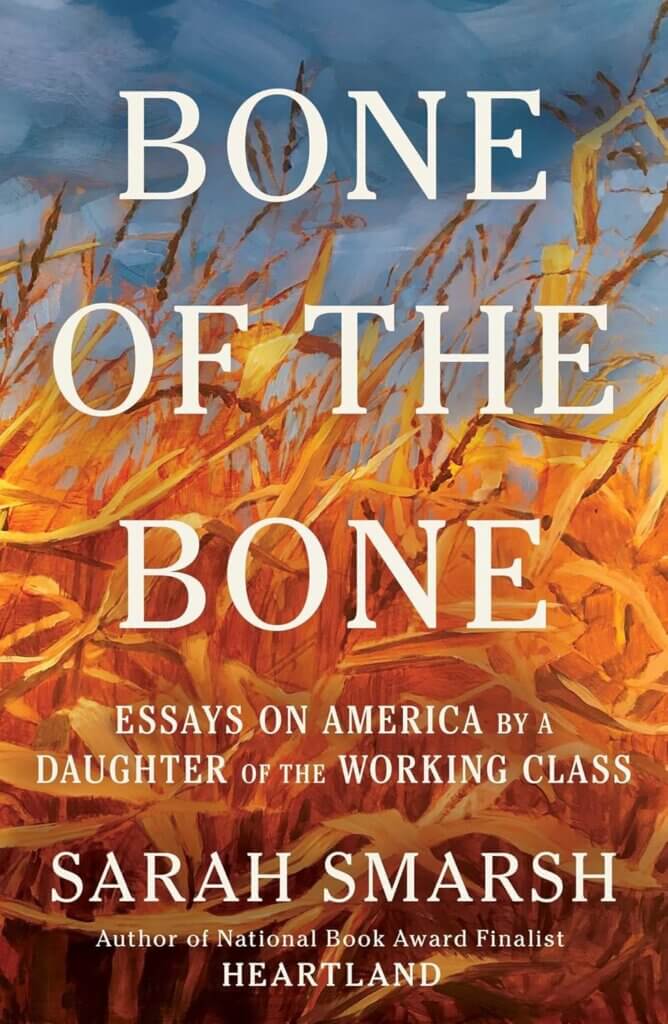
“Bone of the Bone: Essays on America by a Daughter of the Working Class” by Sarah Smarsh (Scribner). This writer wrote a searing memoir, “Heartland,” about growing up in white, working-class Kansas with little financial help or social connections. As she struggled for an education and to better her life without forgetting where she came from, Smarsh realized she had a chance to represent a segment of the population too often blamed for our recent political past. This new collection of 36 essays hits hard on topics of privilege, poverty, health care and the economy, and how so many working-class people engage with a country that needs to address inequality. Most important, she reminds us that not all working-class people vote red.
“The Devil at His Elbow: Alex Murdaugh and the Fall of a Southern Dynasty” by Valerie Bauerlein (Ballantine Books). I could say I will read this to learn about legal practices in South Carolina or to really understand the corrupt system of race, class, and entitlement that allowed someone like Alex Murdaugh to get away with so much villainy. It’s good, tawdry stuff but horrifying, too. And when I feel smug that such things could never happen here, I could pick up “Chaos Comes Calling: The Battle Against the Far-Right Takeover of Small-Town America” by Sasha Abramsky (Bold Type Books). Concord has certainly experienced its share of town squabbles over the years, but let’s be grateful that recently we’ve escaped the level of conflicts that journalist Abramsky details in two small towns. How do reasonable conversations with differing opinions become flash points where far-right extremists and conservatives clash while the majority of the towns’ populations fear for the future of their community? It’s here that the culture wars are fought, long after a presidential election cycle ends.
“Paris in Ruins: Love, War, and the Birth of Impressionism” by Sebastian Smee (Norton), the revered art historian and Boston Globe journalist. In times of strife, sometimes great change comes in the form of new artworks. Smee details the despair and destitution of French conflicts that led to artists’ embracing the freedom to document the world in new ways. If you can’t make it to Washington, D.C., to see the National Gallery’s exhibition “Paris 1874: The Impressionist Moment,” then head to any of our own outstanding museums to study some paintings, old and new, and think about why we label them that way.
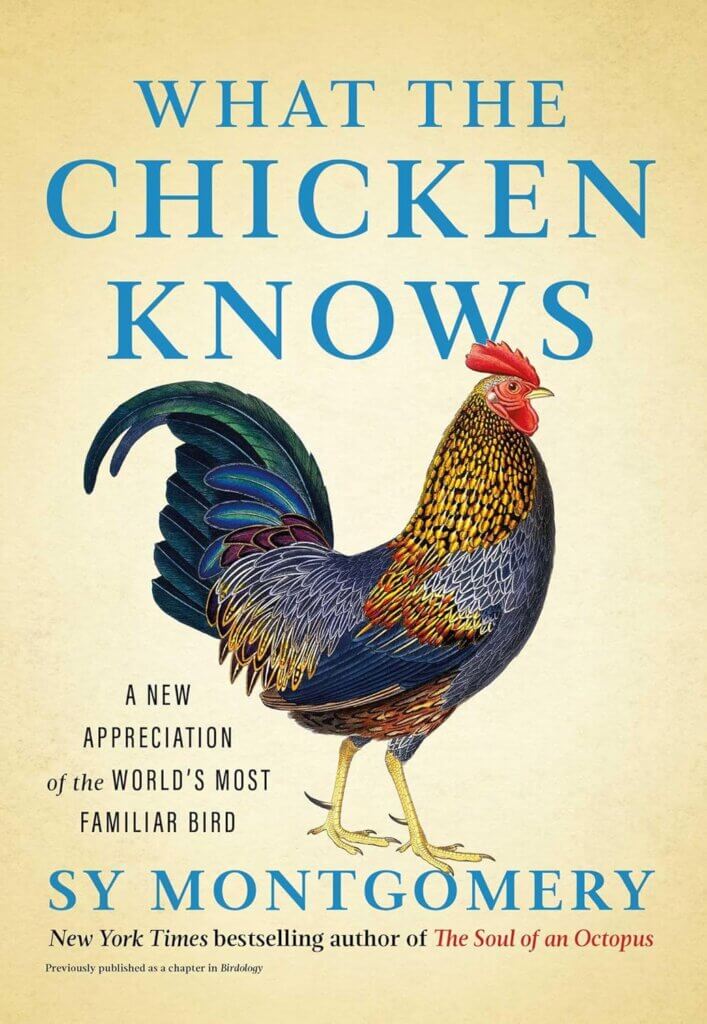
My darling neighbors have chickens, and they have become our pals, too. Was there ever such a sociable creature? How on Earth do they survive being so friendly? “What the Chicken Knows: A New Appreciation of the World’s Most Familiar Bird” by Sy Montgomery (Atria) is on my list so I can learn more about these remarkable beings. As I watch them peck their way through my back garden into the driveway and beyond, I plan to read “A Natural History of Empty Lots: Field Notes From Urban Edgelands, Back Alleys, and Other Wild Places” by Christopher Brown (Timber), an account of those unexpected places where nature can thrive against all odds.
“Book and Dagger: How Scholars and Librarians Became the Unlikely Spies of World War II” by Elyse Graham (Ecco) is a fabulous read of a group of humanities types who modernized our national intelligence service at a pivotal time by using their skills as researchers, archivists, and agents in the fields of surveillance and reconnaissance. If you like a good spy thriller, this will expand your appreciation of real-world espionage.
The Concord Museum continues its excellent series of lectures with historian Mary Beth Norton’s talk on her seminal book “1774: The Long Year of Revolution” (Random), an examination of the “discussions” of the colonialists in response to the explosion of events of that year led to their acceptance of the necessity of fighting a war for their freedom. If you want to listen, it’s available at concordmuseum.org.
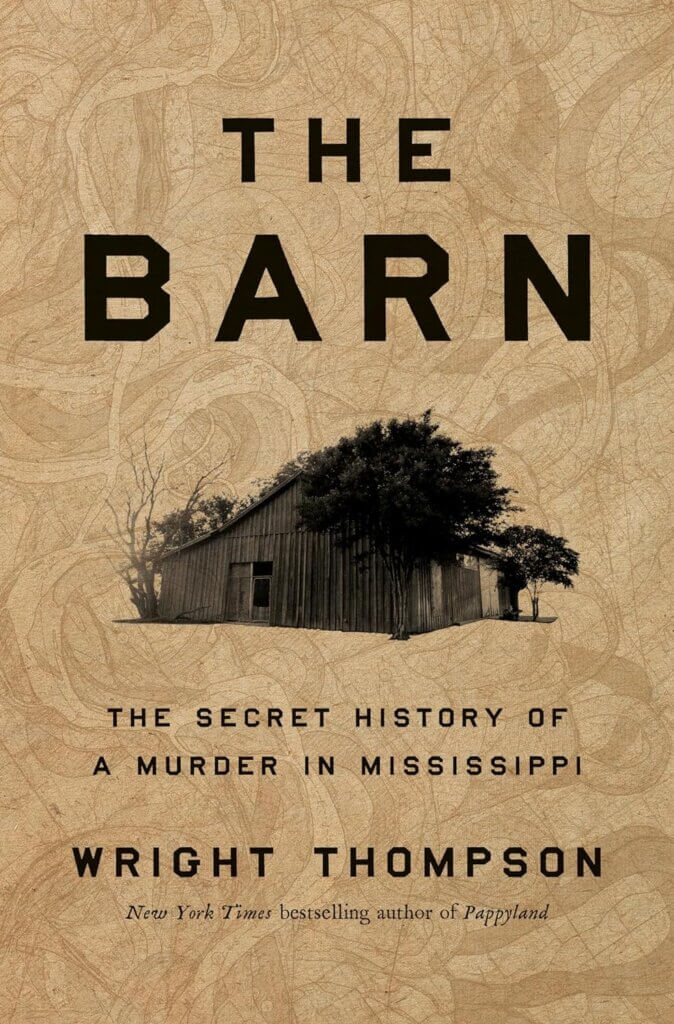
“The Barn: The Secret History of a Murder in Mississippi” by Wright Thompson (Penguin Press). Mississippi sportswriter Thompson grew up 23 miles from the scene of Emmett Till’s murder, but he had never learned much about that terrible event until he decided to find out as an adult. His deeply researched and felt account of how that tragedy came to be is astounding for its realization of how geography and history in the smallest corner of our country can shape us all. As we face the coming celebrations of Concord 250, and our role in our nation’s history, let us remember that every part of America, including Concord, has to face its whole past.
Of course I try to read the newspapers to keep on top of what’s going on, and yes, sometimes, I play their online games — a legacy of the pandemic when this sort of pursuit became a daily habit. In BookLinks, a new game that is a joint venture of the Strand Bookstore and online bookshop Tertulia, players are challenged to match 12 book covers into groups based on themes. It’s like the NYT Connections game we all love, but with books. There’s a fun hint available if you get stuck, which I have hardly (ahem) needed. It’s at tertulia.com. Good luck!


